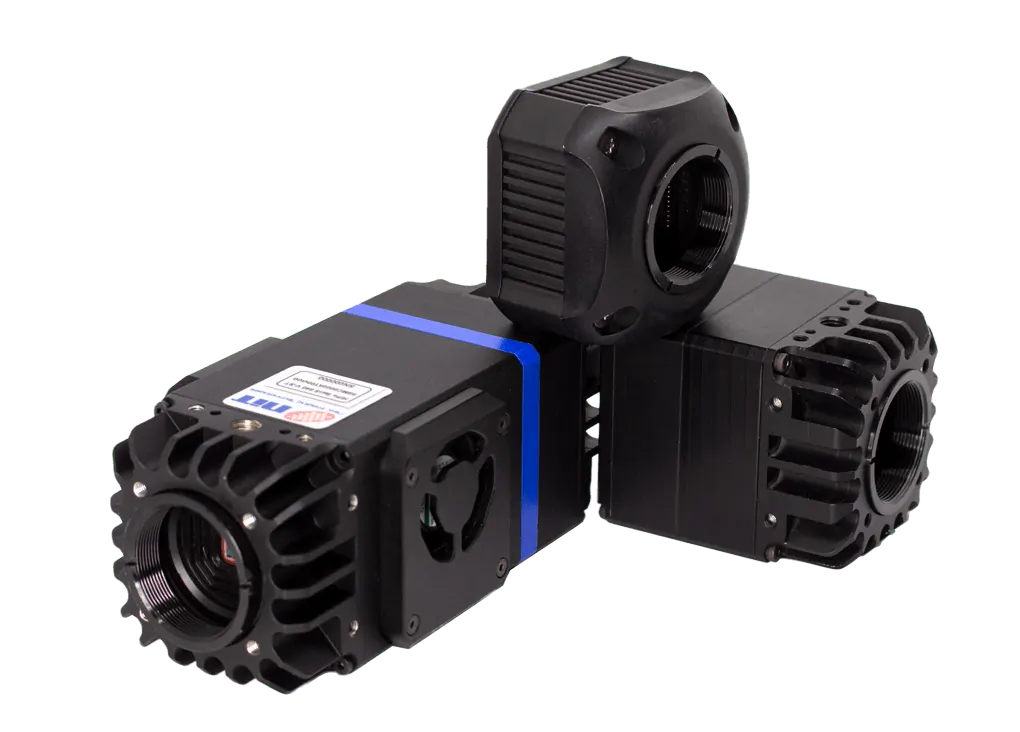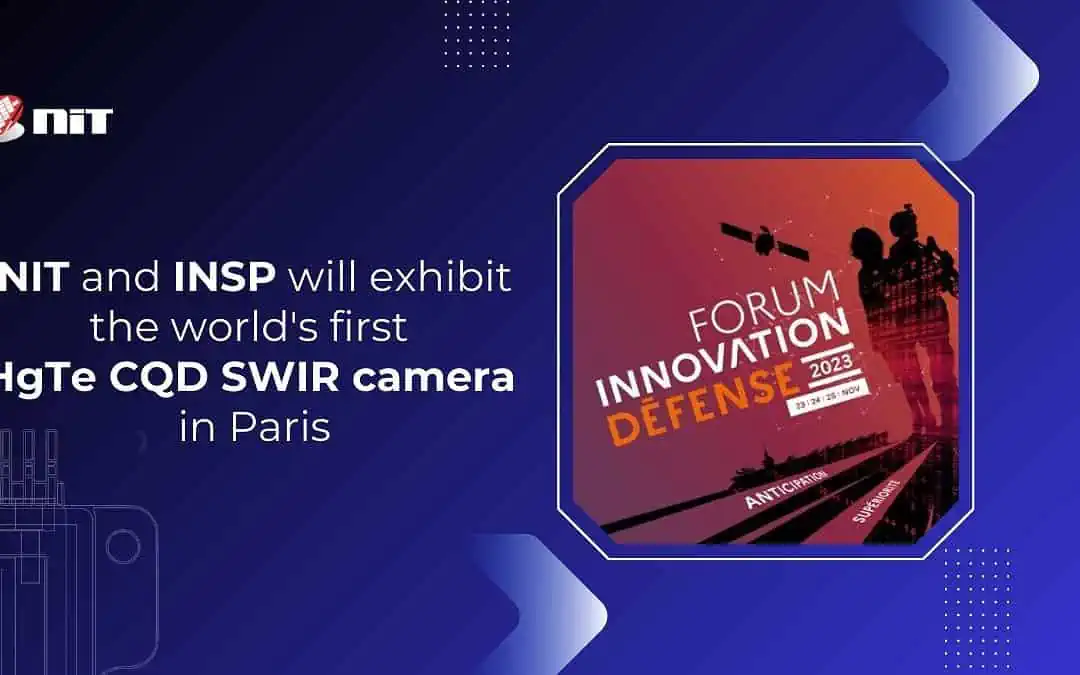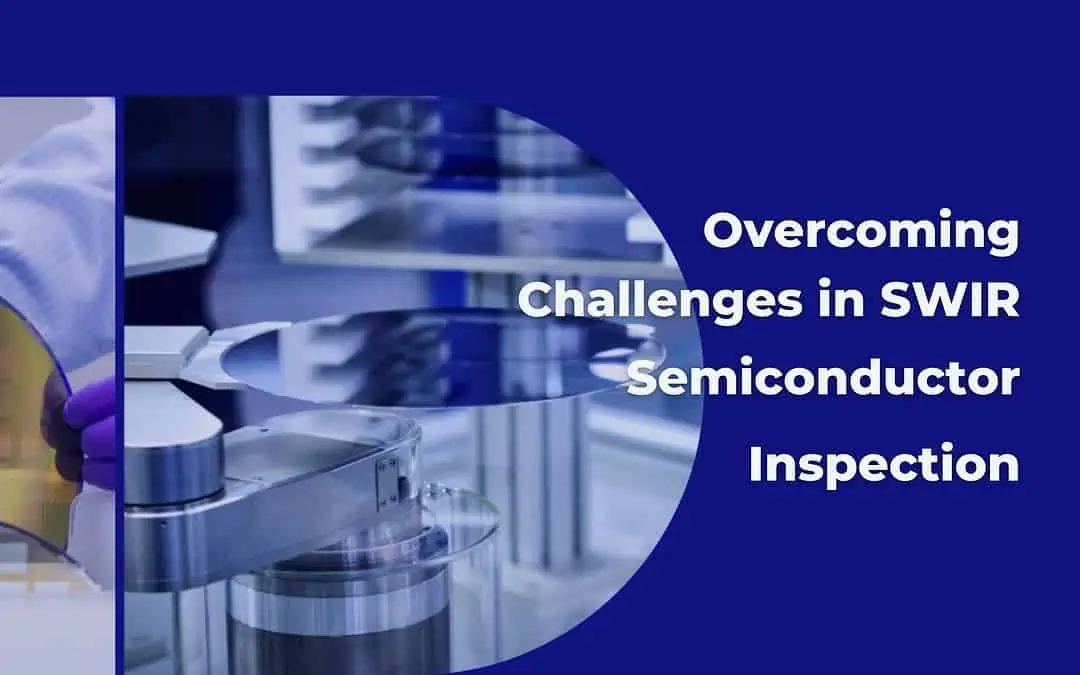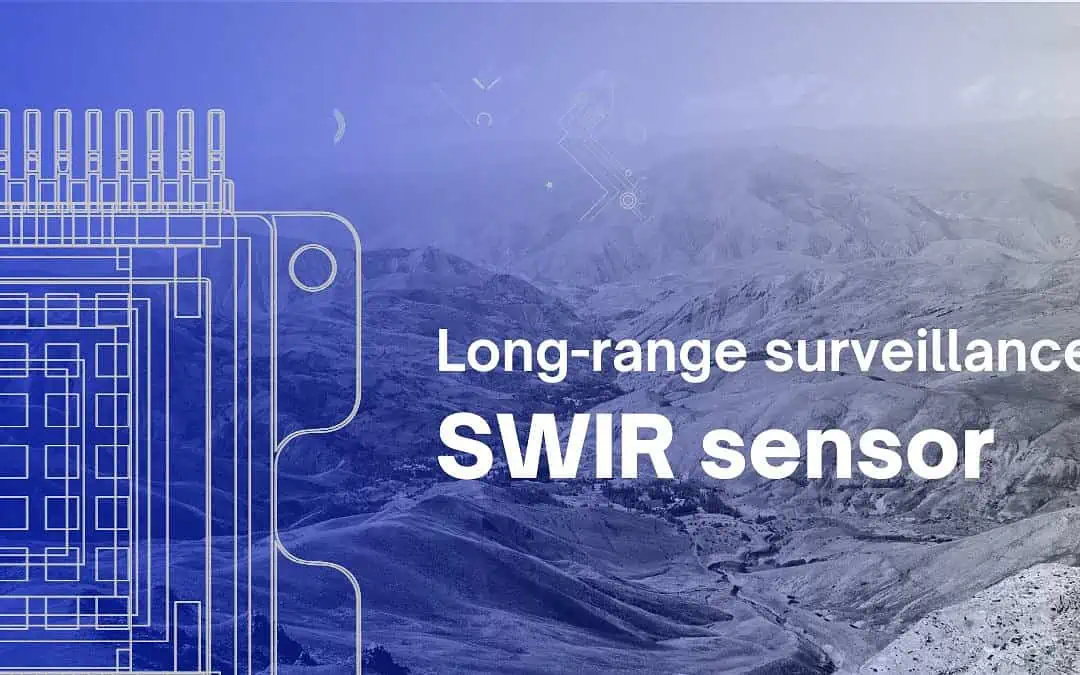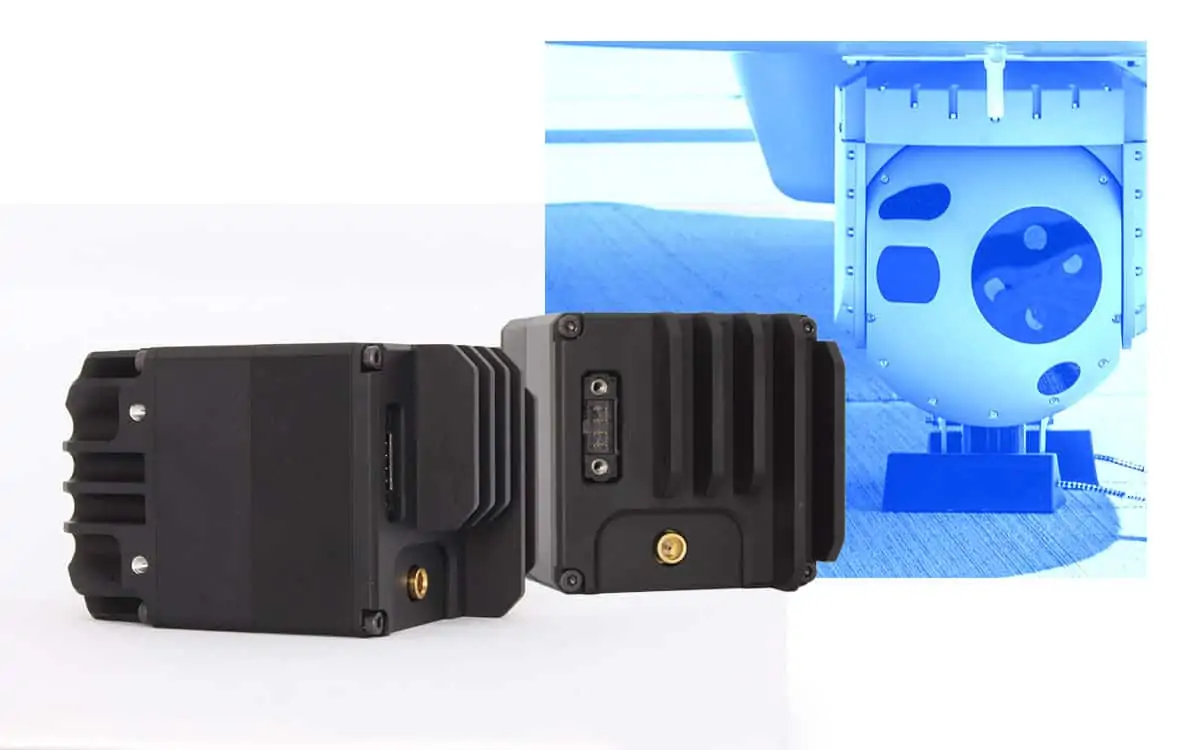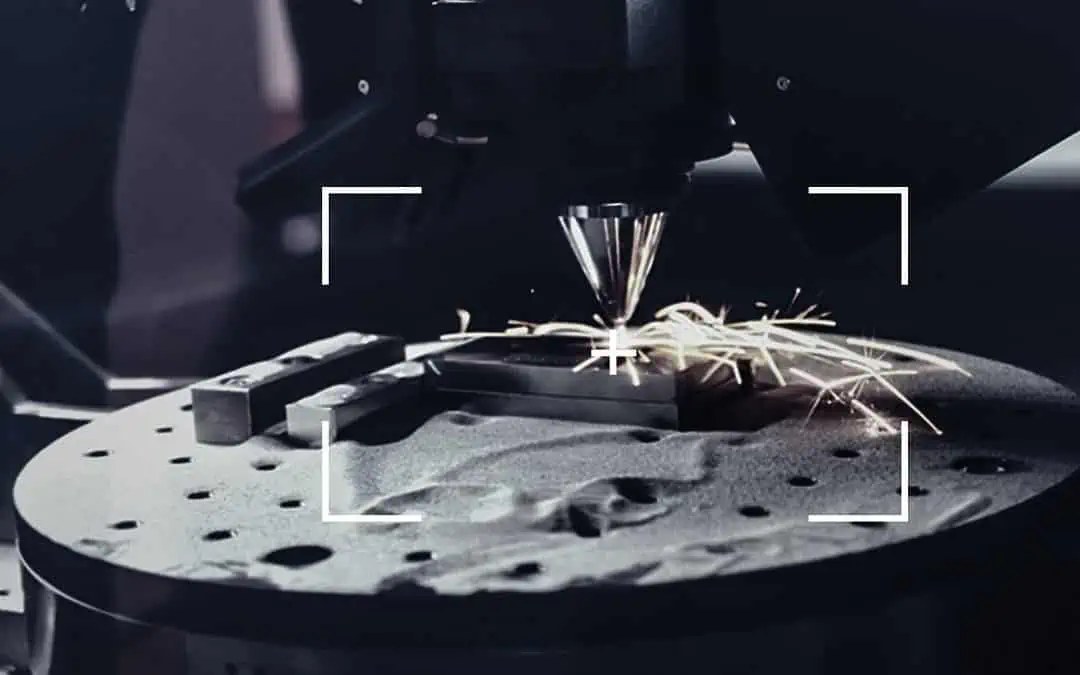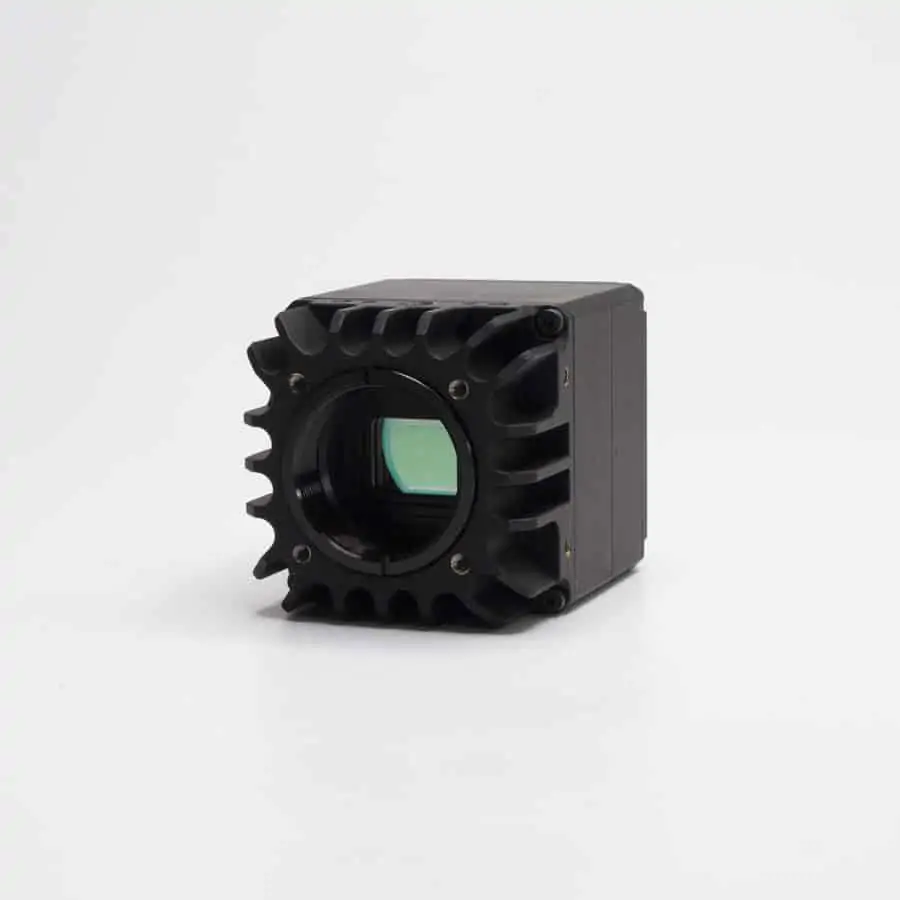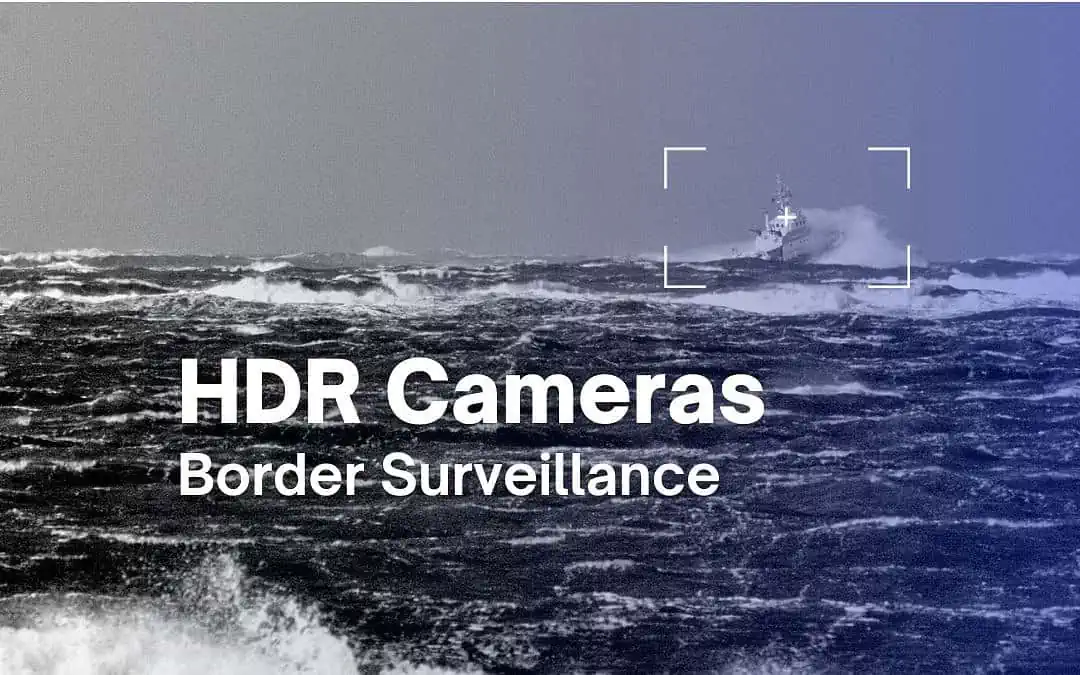
Enhancing Solar Panel Efficiency with SWIR Solar Panel Inspection
Solar energy has become a crucial player in the renewable energy sector, and as the demand for solar power increases, so does the importance of maintaining and optimizing solar panel efficiency. Solar panels are exposed to various environmental factors that can hinder their performance. That’s where Short-Wave Infrared (SWIR) solar panel inspection comes into play. In this article, we’ll explore what SWIR solar panel inspection is, its significance, and how it can maximize solar panel efficiency.
What is SWIR Solar Panel Inspection?
Short-wave infrared (SWIR) solar panel inspection is a cutting-edge technology that uses infrared imaging to assess the condition and performance of solar panels. SWIR cameras capture images in the range of 900 to 1700 nanometers, which is beyond the range of visible light. This allows them to identify issues that aren’t visible to the naked eye, such as micro-cracks, hot spots, and electrical failures.
Significance of SWIR Solar Panel Inspection
-
Detection of Micro-Cracks:
Microcracks, often invisible to the human eye, can lead to reduced energy production and eventually, panel failure. SWIR inspections can pinpoint these tiny defects, allowing for timely repairs and minimizing energy loss.
-
Hot Spot Identification:
Hot spots, for instance, caused by localized overheating, can lead to cell damage and reduced panel efficiency. SWIR technology can identify these hot spots early, preventing further damage.
-
Electrical Fault Detection:
SWIR inspections can reveal faults like broken bypass diodes or malfunctioning interconnections. So, identifying and repairing these issues promptly can extend the lifespan of solar panels.
-
Preventive Maintenance:
Regular SWIR inspections can be incorporated into a preventive maintenance strategy. Therefore, ensuring that solar panels operate at peak efficiency over their entire lifespan.
-
Cost Savings:
By detecting and addressing issues early, SWIR solar panel inspections can save money on repair and replacement costs in the long run.
| Aspect | SWIR Imaging | Visual Inspection | Infrared Thermography |
| Detection of Micro-Cracks | Excellent | Limited | Limited |
| Hot Spot Identification | Excellent | Limited | Excellent |
| Electrical Fault Detection | Excellent | Limited | Limited |
| Detects Anomalies Beyond Visible | Yes | No | Yes |
| Real-time Monitoring Capability | Yes | No | Yes |
| Cost-effectiveness | Highly cost-effective | Lower cost | Moderate cost |
| Ease of Integration | Easy to integrate | Simple | Simple |
| Preventive Maintenance Efficiency | High | Moderate | Moderate |
| Lifespan Extension of Solar Panels | Yes | Limited | Limited |
| Benefits | Enhanced efficiency, cost savings | Visible defect recognition | Hot spot detection, energy loss prevention |
This table provides a quick comparison of SWIR imaging with visual inspection and infrared thermography in various aspects of solar panel inspection, highlighting the strengths of SWIR imaging, particularly, in detecting micro-cracks, hot spots, and electrical faults that might go unnoticed with other methods. In addition, it emphasizes the real-time monitoring capability, cost-effectiveness, and ability to extend the lifespan of solar panels.
Maximizing Solar Panel Efficiency
SWIR solar panel inspection can be an integral part of a broader strategy to maximize solar panel efficiency. Here are some additional tips:
-
Regular Cleaning:
Keep solar panels clean to ensure optimal light absorption.
-
Shade Management:
Minimize shading from nearby structures or vegetation to maximize exposure to sunlight.
-
Efficient Inverter Systems:
Invest in high-quality inverters to maximize energy conversion.
-
Regular Monitoring:
Implement a monitoring system to keep track of energy production and detect anomalies in real-time.
In conclusion, SWIR solar panel inspection is a game-changer in the solar energy industry. It provides an efficient and cost-effective method for identifying and addressing issues that affect solar panel performance. Embracing SWIR technology and incorporating it into the solar panel maintenance strategy not only increases energy production but also extends the lifespan of solar panels. Certainly, as the demand for clean energy continues to grow, SWIR solar panel inspection will play a vital role in harnessing the full potential of solar power.
SWIR imaging solutions
Contact NIT today for more information about our SWIR imaging solutions and solar panel inspection applications.
